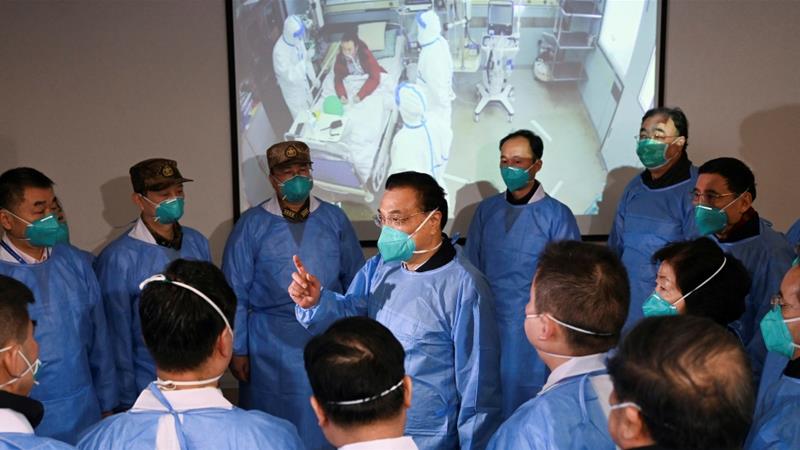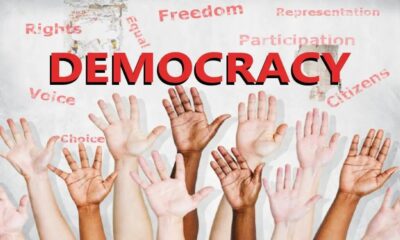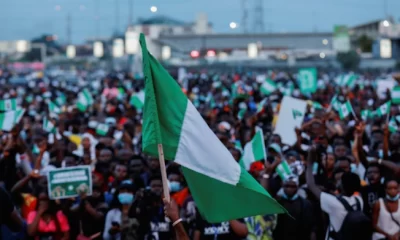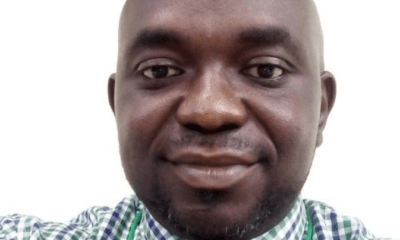Global Issues
What We Should Be Worried About When It Comes To The Coronavirus -By Aditya Bhattacharji & Scott Rosenstein

Uncertainty about the ultimate toll of the coronavirus outbreak centred in China is the primary driver of the aggressive response and heightened media attention it is getting. In the coming weeks, emerging epidemiological and virological analyses will be critical to reaching a better understanding of the threat and developing critical diagnostic tools and vaccines.
These tools, alongside appropriate messaging from public health officials, are needed to mitigate the political and economic costs associated with the large-scale disruption of trade and travel in the current environment of anxiety.
The 2003 SARS coronavirus pandemic, which infected approximately 8,000 people and killed about 800, has become the inevitable point of reference for analysing the impact of the current coronavirus outbreak. Understanding the similarities and differences between these outbreaks will be critical to managing the new virus.
SARS killed about 10 percent of those who caught it and was spread primarily in healthcare settings. The new virus appears to spread more effectively than SARS, but only apparently kills approximately 2 percent of those who catch it. The total caseload for this outbreak will far exceed the 8,000 SARS cases. But the true fatality rate remains uncertain at this stage, so it is too early to say with any confidence what this will mean for the total health burden.
These uncertainties have produced aggressive containment strategies, especially in China. The Chinese government has taken the unprecedented move of locking down Wuhan, a city of 11 million people, and others nearby, raising the total number of people under quarantine to approximately 60 million, a considerably higher number than during SARS. New international travel bans and restrictions are being announced daily – Hong Kong recently took the politically fraught step of cutting most travel options to the mainland.
Yet it is not clear such actions will curtail the spread of the virus. If done at the very early stages of an infectious disease outbreak, containment is theoretically possible. But instituting the lockdown in China at this late stage (weeks after the first cases were identified), after millions of people have already moved in and out of Wuhan, means the best-case scenario is a slight slowdown in transmission.
And the possibility remains that people can transmit this disease before they show symptoms (SARS was not known to be transmissible during the asymptomatic stage). If this is the case, containment will become more challenging in the coming days.
Moreover, these types of restrictions also come with a considerable economic, social, and political toll. Enforcement efforts cost money, and local economies suffer from the halts to their travel, trade, tourism, retail, and entertainment activities.
The global economy may also take a hit from the disruption to supply chains: Wuhan is a significant e-commerce and industrial shipping hub and China is the source of a significant amount of active ingredients for pharmaceutical products and personal protective equipment that is now in high demand globally.
What is more, such draconian measures also create an antagonistic relationship between citizens and governments and make disease tracking more difficult, as people do not want to be punished for skirting travel restrictions. Individuals suffering from other illnesses might also be denied proper care as healthcare centres become overcrowded or run out of critical treatments.
It is important to note that the economic damage to China and other affected nations during SARS was significant but temporary. But trepidation about the health of the global economy in 2020 and uncertainty relating to this virus suggest it is too soon to say the same for this outbreak.
For the rest of the world, the containment picture is different. With many fewer cases and public health officials on high alert, it might be possible to staunch the outbreak before it expands significantly. But the response is also being driven to some extent by fear and uncertainty in other countries.
The United States has taken aggressive steps to restrict the entry of foreigners coming from China and quarantine Americans returning from China. But maintaining a proper balance between reasonable caution and overreach remains important in the current environment. We expect to see a continued debate over trade and travel restrictions to and from China.
The risk remains that this debate gets taken over by non-public health officials and generates significant economic disruption, possibly at the expense of best public health practices.
Another challenge today is the information anarchy that is a feature of the 2020 media landscape. While rumours and misinformation persisted during the SARS outbreak, they are an even bigger problem today.
The World Health Organization (WHO) – the multilateral agency that monitors the outbreak and works to communicate risk in a way that strikes a balance between complacency and alarm – has its work cut out. Its recommendations on travel and trade are not enforceable, persistent budget shortfalls curtail its reach, and its efforts to communicate nuance on this issue can easily be overshadowed by individuals and news outlets with less expertise and a misplaced certainty about this rapidly evolving outbreak.
Fortunately, the pandemic preparedness community has come a long way since the SARS outbreak. The US and other developed nations are able to mobilise their surveillance systems and deploy resources to local hospitals relatively well (although local budget cuts, chain of command uncertainty, and the disbandment of the National Security Council’s pandemic response team in the US are worthy of concern).
In countries with weaker health systems, however, this type of robust response may be unrealistic. The spread of this virus in Africa remains a significant concern.
The development of tools such as rapid diagnostic tests and vaccines is happening much faster than was the case in 2003. Hong Kong has already announced the creation of a vaccine. But development is only the first step. Mass production and distribution are the second and third steps and will almost certainly be politically and economically contentious.
Rich nations and countries where the vaccine is developed may demand they be put at the front of the line. Another concern is that the outbreak may have peaked by the time the vaccine is available, leaving minimal demand and a large stockpile of product that nobody is interested in purchasing. This has happened before and remains a considerable blind spot in pandemic preparedness.
The uncertainty around the outbreak in China will almost certainly continue to cause economic dislocation, intense media speculation, and extreme duress for China’s already overburdened healthcare system. It is also likely that global anxiety will fluctuate, depending on the news cycle and the flow of information.
But the experience with SARS and other global disease threats, alongside the significant advances in pandemic preparedness in recent years, offer hope that more clarity will emerge soon and that information, if communicated properly, can be used to mitigate the human, political, and economic costs.


















